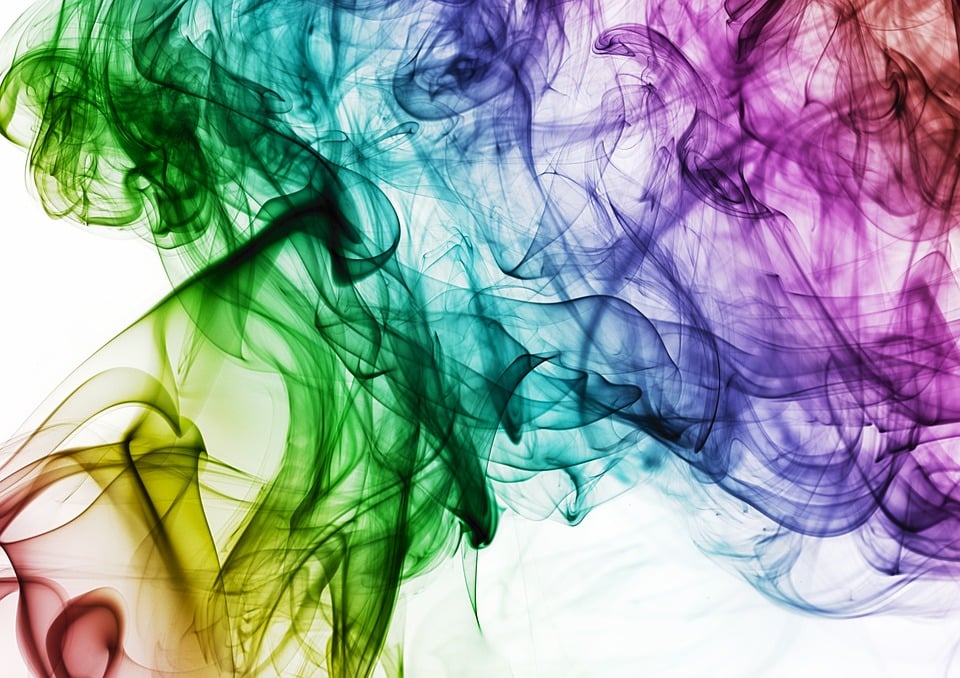
Imagination is at the root of creativity as treatment. The notion of imagination as therapy originated in Europe during the Renaissance. Within this period, it was considered that a disease was suspended in spiritual and psychological affairs. While rheumatologists used verbal descriptions to say the pathology of a disease, medical practitioners developed the theory that the disease has been rooted in the patient's mind and soul.
Creative therapy for pain relief and recovery has creative therapy projects taken on different forms and uses today. Art therapy is just one. This implies that instead of individuals spending some time painting creativity therapy office their own bodies or themselves in pain, they spend time doing artwork.
Many therapists not recognize the importance of creativity in treatment. To the contrary, this kind of treatment is often regarded as more of a diversion from patient obligations than as a therapeutic modality. For people who believe in creativity as therapy, art treatment as well as physical therapy have much in common.
For instance, while therapy might not be https://www.washingtonpost.com/newssearch/?query=creativity therapy a modality that is strictly concentrated, the body in pain is its principal focus. This usually means that a patient who is in pain can only utilize creative therapy if she or he is in some sort of pain. This suggests that Discover more here therapy will focus on the individual's imagination. It is imagination's power that compels the patient to turn their attention to creativity within therapy.
In reality, creativity as therapy in a physical therapy office differs from that of imagination in art treatment. While art therapists do not paint the sufferers, but are focused on the procedure for self-expression, patients at a physical therapy office will paint their own bodies. In reality, that's what they do daily. They create fresh, expressive pictures of the own pain, together with their distress.
Pain may be called discomfort. It creative therapy purpose is frequently thought of as a byproduct of innovative treatment. While there is certainly truth to the concept that creativity as therapy can help patients create artwork, it doesn't indicate it can replace conventional pain management treatments. The pain can be described.
This crutch gets too heavy for some folks, particularly those who can't tolerate pain. They find their pain gets unbearable and they turn to pain. Indeed, pain that was creative was discovered by many therapists to pain medicine as a valuable alternative.
There are quite a few benefits to helping a patient to express herself or himself through annoyance that is creative. Through pain, a patient may turn the corner to express his or her feelings alone. Moreover, without needing the assistance of others, the patient can control his or her pain and relieve it. This is sometimes performed on a voluntary basis, with or without the support of an art therapist.